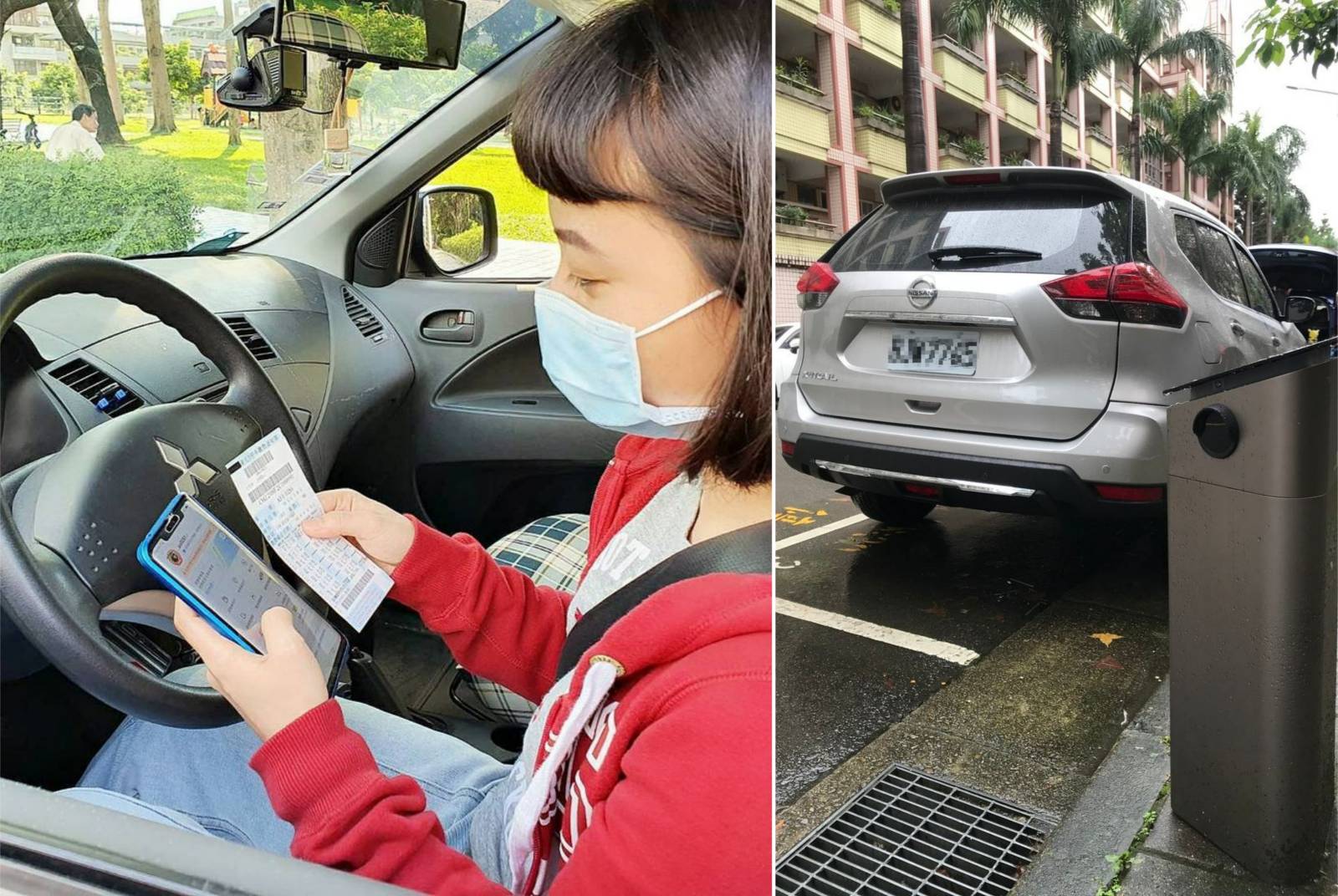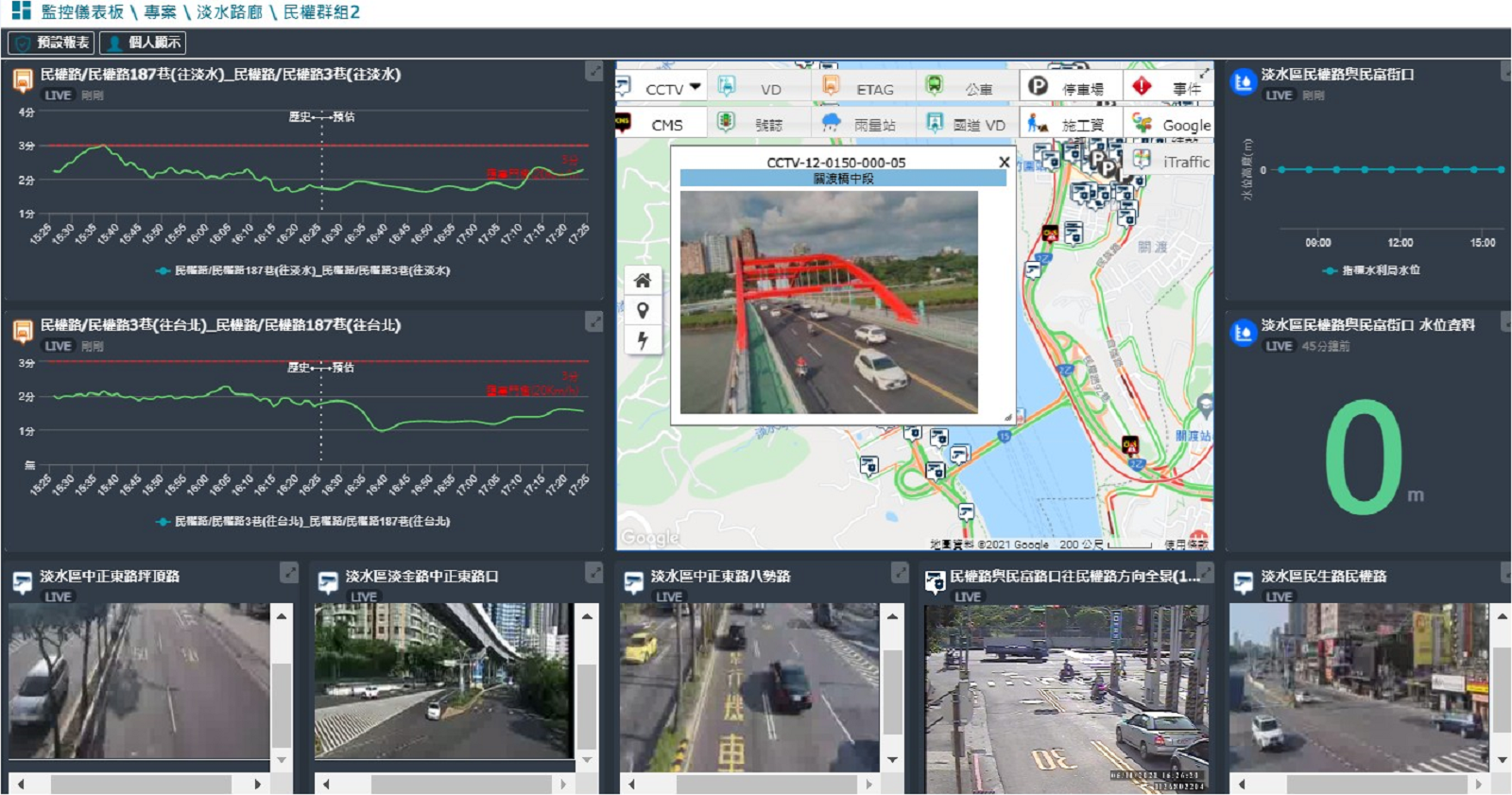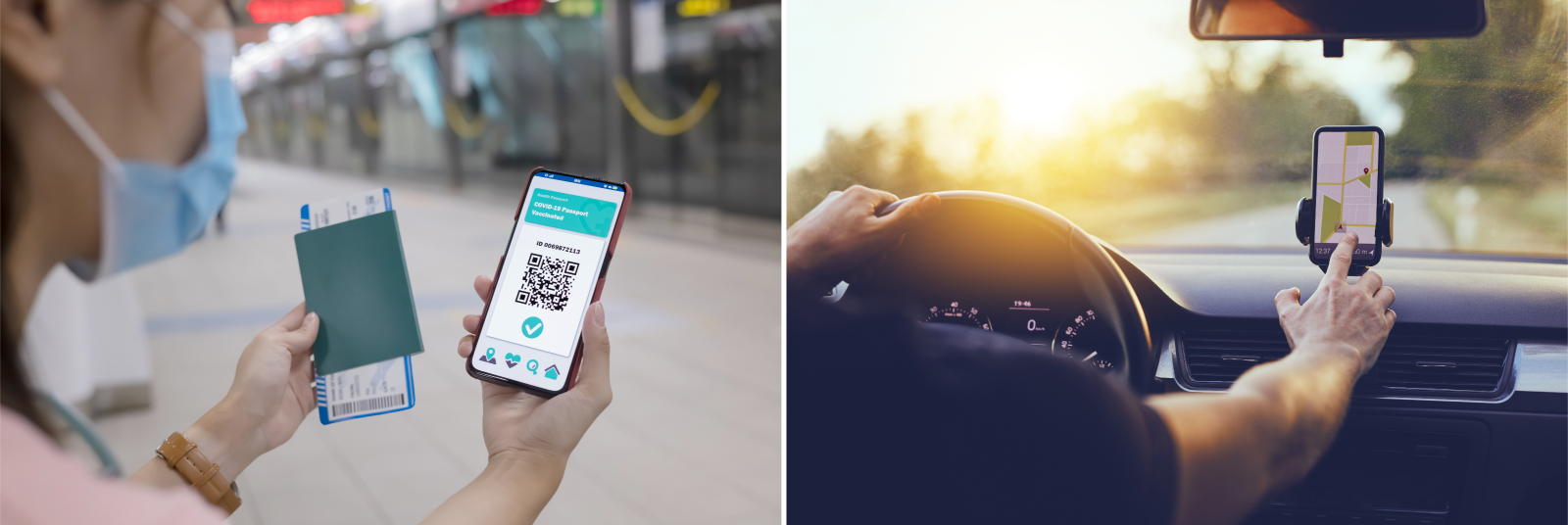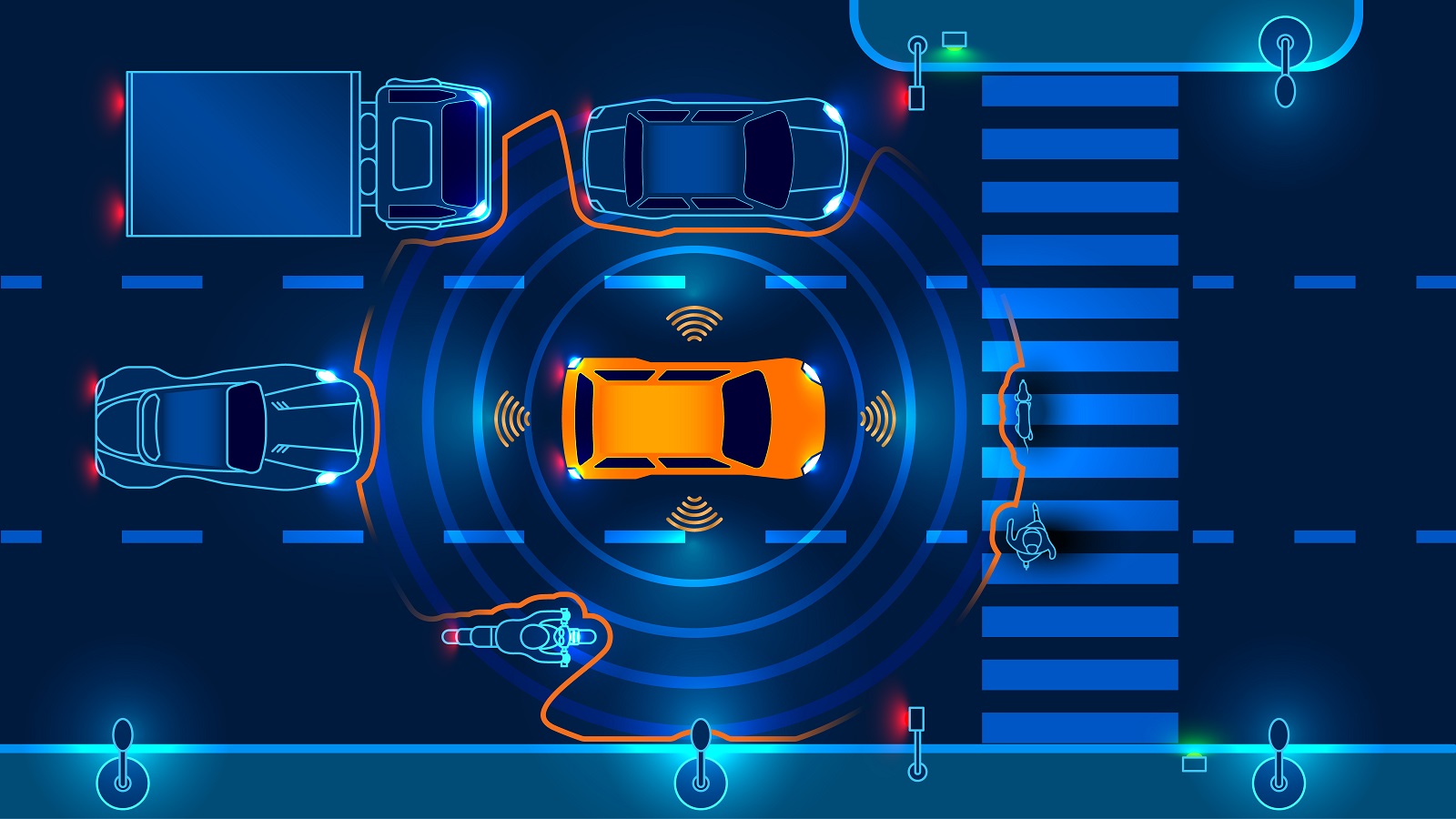Taiwan’s Transportation Systems: An Intelligent Evolution

Source:Taiwan utilizes the advantages of the ICT industry to develop intelligent transportation,MOTC
Despite being a small island nation, Taiwan has proven itself to be an information and communication technology powerhouse in the world economy. In recent years, businesses and government have taken advantages of the ICT industry to proactively build smart cities that integrate intelligent transportation into people’s daily lives. As the ICT industry develops alongside innovations in related technology, urban mobility has become safer, faster, and more convenient.
Views
Taiwan’s Transportation Systems: An Intelligent Evolution
By MOTCSponsored Content
Smartphones Integrate Intelligent Transportation into Daily Life
Wang Mu-Han—Director of the Office of Science and Technology Advisors, Ministry of Transportation and Communications—explained, “the term ‘intelligent transportation’ came into use about 30 years ago, but the technology and environment were not comprehensive enough to turn the concept into reality. It was only in the last ten years or so did we see real changes.” Wang went on to explain that intelligent transportation is not a particularly profound concept. In short, it is the use of technology to digitize and optimize processes—those that once required large amounts of manpower and time to carry out—to eventually bring about digital transformation and improve transportation systems overall.
Transportation is a demand based on a need. For example, people want to get to restaurants or tourist attractions, creating a need for transportation. To meet mobility needs, as intelligent transportation develops, people can instantly look up bus timetables and enjoy GPS navigation services and customized route planning right on their mobile phones. In terms of transportation payment, more flexible methods, such as electronic stored value cards, mobile payment, and online pre-orders, have joined the traditional paper tickets purchased at train or bus stations. This is evidence of intelligent transportation in action.
 The ubiquity of smart phones has enabled intelligent transportation to gradually permeate our lives (photo on left). New Taipei City Government has implemented smart parking management and multiple integrated services for smart parking (photo on right). (Photo courtesy of Transportation Department, New Taipei City Government.)
The ubiquity of smart phones has enabled intelligent transportation to gradually permeate our lives (photo on left). New Taipei City Government has implemented smart parking management and multiple integrated services for smart parking (photo on right). (Photo courtesy of Transportation Department, New Taipei City Government.)
Goals of Intelligent Transportation: Safety, Efficiency, Affordability
Transportation can be succinctly defined as the relationship between people, vehicles, and roads. According to a survey conducted by Commonwealth Magazine on intelligent transportation at the end of 2021, 60% of people–regardless of gender, age, region, and income—regard safety as their top priority when considering daily transportation, followed by time considerations and financial burden. When the government is planning transportation systems, Director Wang explained that they consider “safety first, followed by efficiency. Of course, everyone wants to reach their destination as soon as possible. Then, there are cost considerations. We always hope that transportation costs will be worth the money and not result in financial burden.” The basic public need for transportation has not changed much over time, but while efficient management was a focus of the past, now there is more of an expectation of high-quality service. Chung Ming-Shi—Director-general of the Department of Transportation, New Taipei City Government—believes that information is a service and providing users with information is a foundational task. What is more important is how collected data is analyzed and incorporated into existing services. Intelligent transportation can break through the limitations of developing hardware, such as road construction, to help travelers enjoy reliable and safe transportation services in a more flexible fashion. This not only helps improve transportation efficiency and saves money, but also benefits the public, the industrial sector, and the urban environment.
 Benefited from digital transformation, intelligent transportation has seen significant improvements in transportation processing and information collection. (Photo courtesy of Transportation Department, New Taipei City Government.)
Benefited from digital transformation, intelligent transportation has seen significant improvements in transportation processing and information collection. (Photo courtesy of Transportation Department, New Taipei City Government.)
When it comes to improving transportation efficiency, Mobility as a Service, or MaaS, is a globally-recognized solution. The concept, which has its origins in Finland, aims to achieve a balance of maintaining a good quality of life without excessive resource waste. The goal is to build a multi-vehicle integration system to increase the utilization rate of public transportation, reduce the ownership and use of private vehicles, reduce carbon emissions, and ease road congestion. Director Wang stated, “in the past, in order to meet the needs of daily mobility, the purchase of vehicles caused numerous traffic problems and exhausted natural resources.”
 Intelligent transportation has gradually become a part of people’s lives.(Source:shutterstock)
Intelligent transportation has gradually become a part of people’s lives.(Source:shutterstock)
The NT$1,280 All Pass Ticket, a monthly pass launched jointly by Taipei and New Taipei City Governments, can be said to be the embodiment of the MaaS concept. Director Chung said that around 350,000 citizens take the bus and MRT monthly. Kaohsiung City Government also has launched its MeN-Go cards, which are generally used for mass transit such as MRT, bus, light rail, ferry, and even taxis and ride sharing. These solutions have not only increased the utilization rate of public transportation and reduce related costs, but also collected large amounts of precious data. To take Kaohsiung City as an example, the Bureau of Transportation, Kaohsiung City Government has collaborated with schools to learn about traffic conditions around campuses and share that information with providers of ride share services and public transportation operators to help them allocate transportation supply during rush hours and off-peak ones. As intelligent transportation develops, increased efficiency through data feedback to transportation operations will help create a smart lifestyle that is also more human-centric.
 Wang Mu-Han, Director of the Office of Science and Technology Advisors, MOTC (left), and Chung Ming-Shi, Director-general of the Department of Transportation, New Taipei City (right) were interviewed by Chen Fang-Yu, Director of Future City.
Wang Mu-Han, Director of the Office of Science and Technology Advisors, MOTC (left), and Chung Ming-Shi, Director-general of the Department of Transportation, New Taipei City (right) were interviewed by Chen Fang-Yu, Director of Future City.
Intelligent transportation can improve safety, realize transportation equity, increase transportation efficiency, and promote efficacy. At the same time, many are concerned about violation of privacy or losing jobs to technology. Director Wang believes that such concerns widely accompany the development of technology. Within this context, sometimes laws and regulations can be of help. For instance, Personal Data Protection Act has been established to protect people’s privacy. However, in the more distant future, “the government cannot be completely optimistic and must think ahead to consider potential risks,” said Wang.
 As technology becomes smart, society needs to reconsider the definition of morality and ethics.(Source:shutterstock)
As technology becomes smart, society needs to reconsider the definition of morality and ethics.(Source:shutterstock)
As technology develops to be more “intelligent,” traditional labor will gradually be replaced by automation. Although this can solve the dilemma of limited manpower caused by low birthrates today, it also creates new issues. For example, for situations that once relied on human judgment, whether or not we should let machines make decisions based on real-life situations requires society to come to multiple consensuses, especially in terms of morality and ethics. Take self-driving cars for example. In the event of an emergency, should the car give priority to protecting pedestrians or passengers? How should the value of life be measured?
In terms of the development of artificial intelligence and whether or not it will replace the labor force on a large scale and lead to unemployment, Director Wang thinks the issue “should be noted, but not worried about too much.” He believes that at this time, artificial intelligence cannot completely replace manual labor, but that technology can help maintain basic service needs and reduce the challenges in low service quality caused by insufficient personnel training. Technology will be a great boon in a future aging society that lacks a sufficient labor force, and it is believed that society will slowly find a balance in the process of intelligization.
(Advertisement by the MOTC)






